Red List Status: Vulnerable –– Members of the Andean Bear Expert Team considered all threats to the Andean bear and estimated rates of decline of >30% for each of the five range countries in the next 30 years and also in a 30-year time window overlapping the present (2000–2030). There is also a reasonable likelihood that the global population consists of <10,000 mature adults (given a total population of <20,000 bears).
The Andean bear has been listed as Vulnerable by the IUCN since 1982, and included in CITES Appendix I since 1975.
Click here to see IUCN Red List account of this species

Threats: Andean bears are threatened by habitat loss and direct killing. Causes of habitat loss include expansion of livestock grazing and agriculture; poorly regulated use of fire; conversion of land to coca crops and drug trade; and mining and oil exploration. Habitat loss and degradation is being exacerbated by climate change, particularly reduced rainfall, which is directly impacting high-altitude ecosystems. Encroachment of Andean bear habitat by farmers and ranchers not only reduces the feeding area for these bears, but also increases their propensity to use human sources of food, namely corn and cattle. In doing so, people attempt to protect their property by illegally killing bears. Hence, habitat reduction and human–bear conflicts act as synergistic threats to this species.
Habitat loss also has severely eroded the connectivity of Andean bear range. Because their range is already limited to a narrow strip, it is particularly susceptible to becoming split into patches, with gaps between patches inaccessible to the bears. As habitat patches become smaller, bears become more prone to having adverse encounters with people. Additionally, as each habitat patch becomes an isolated demographic unit, these isolated populations become increasingly prone to extirpation simply due to the stochastic aspects of small numbers. A model projecting this threat into the future indicated that 70% of key population patches in Venezuela are not viable, 30% are not viable in Colombia, Ecuador and Peru, and 20% are not viable in Bolivia.
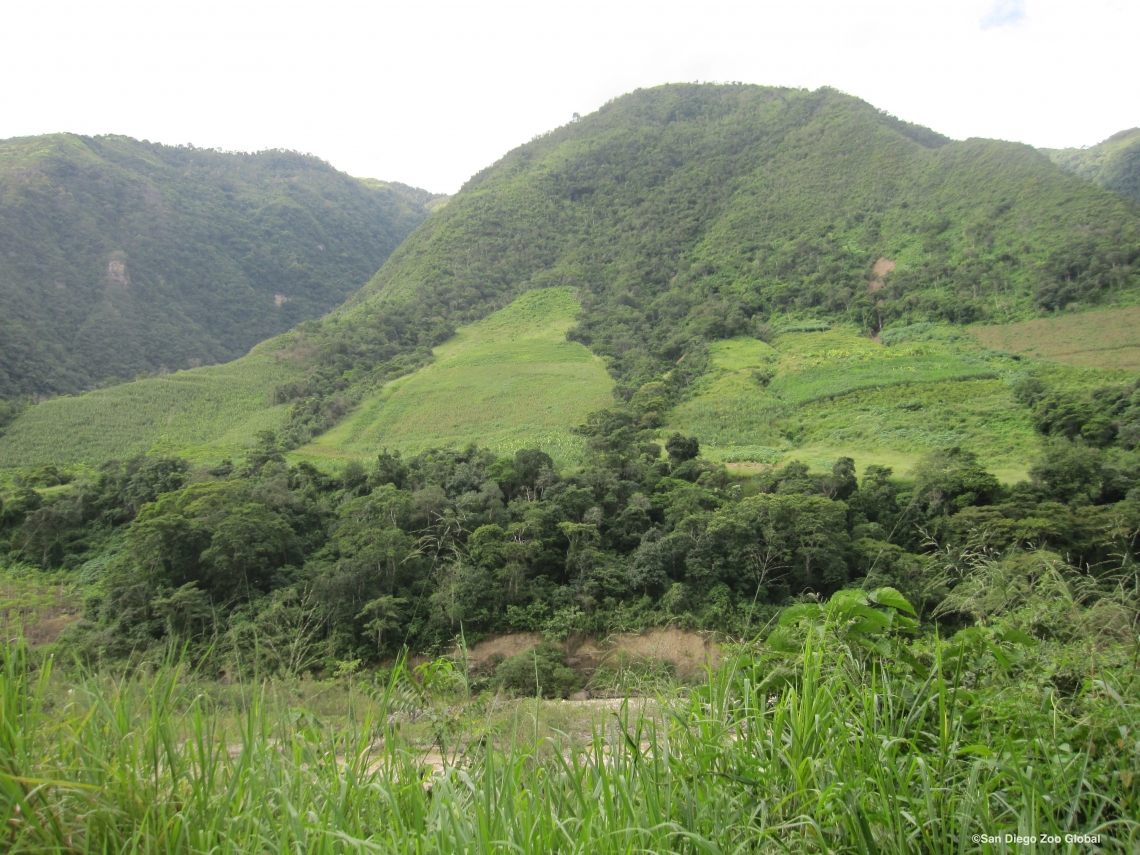
Andean bear_T ornatus_Amazonas Peru_forest conversion_San Diego Zoo Global

Andean bear_T ornatus_Colombia_bear eating maize_José Gregorio Hernández-Fundación Wii
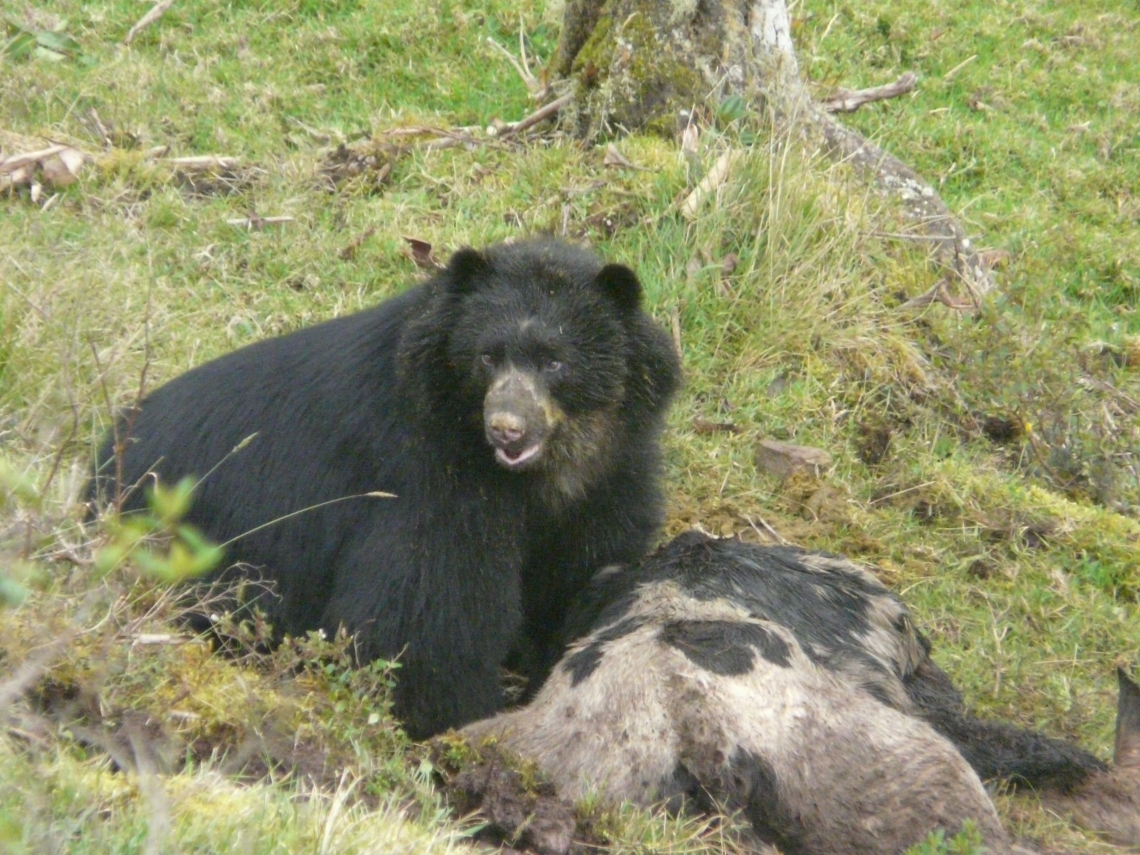
Andean bear_T ornatus_Colombia_bear with beef carcass_Javier Rodriguez-Fundación Wii
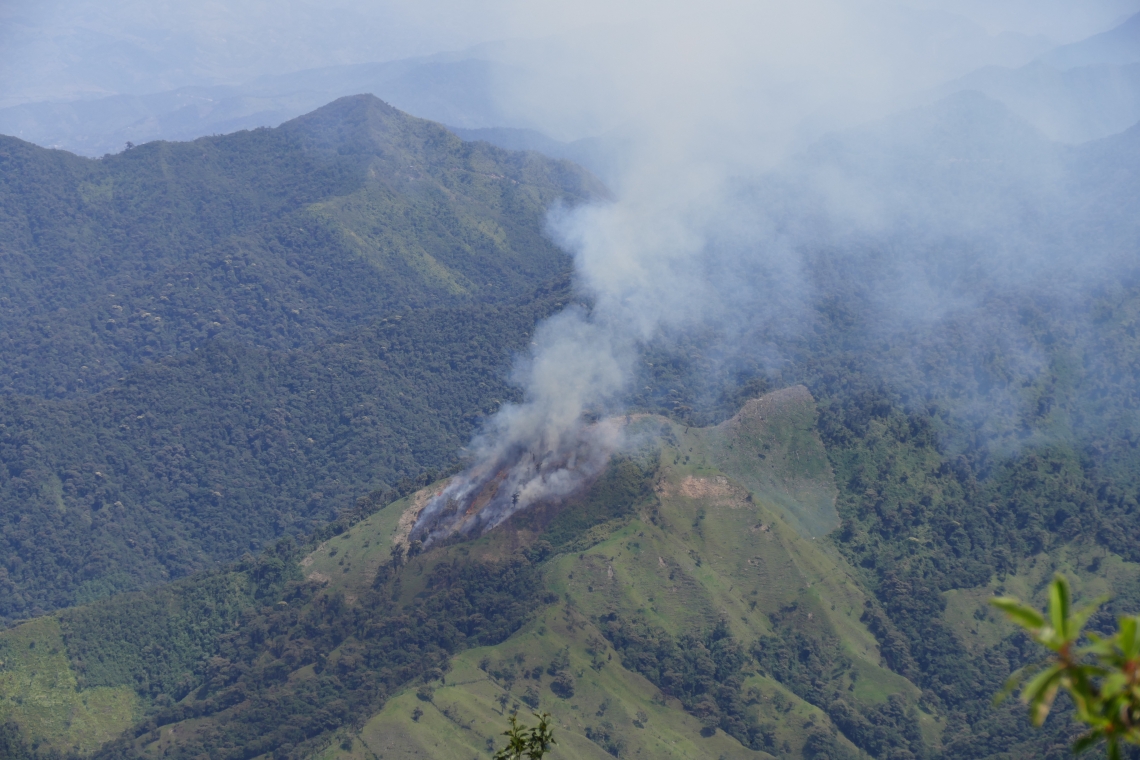
Andean bear_T ornatus_Ecuador_land clearing with fire_D Garshelis
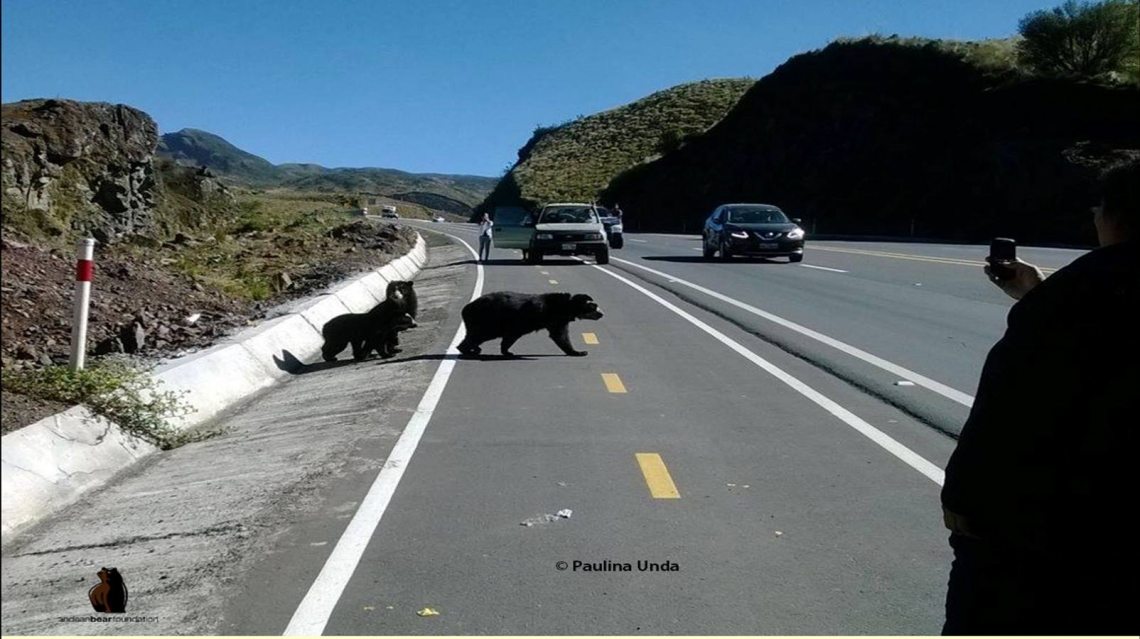
Andean bear_T ornatus_Cayambe Coca National Park Ecuador_bear family crossing highway_Paulina Unda
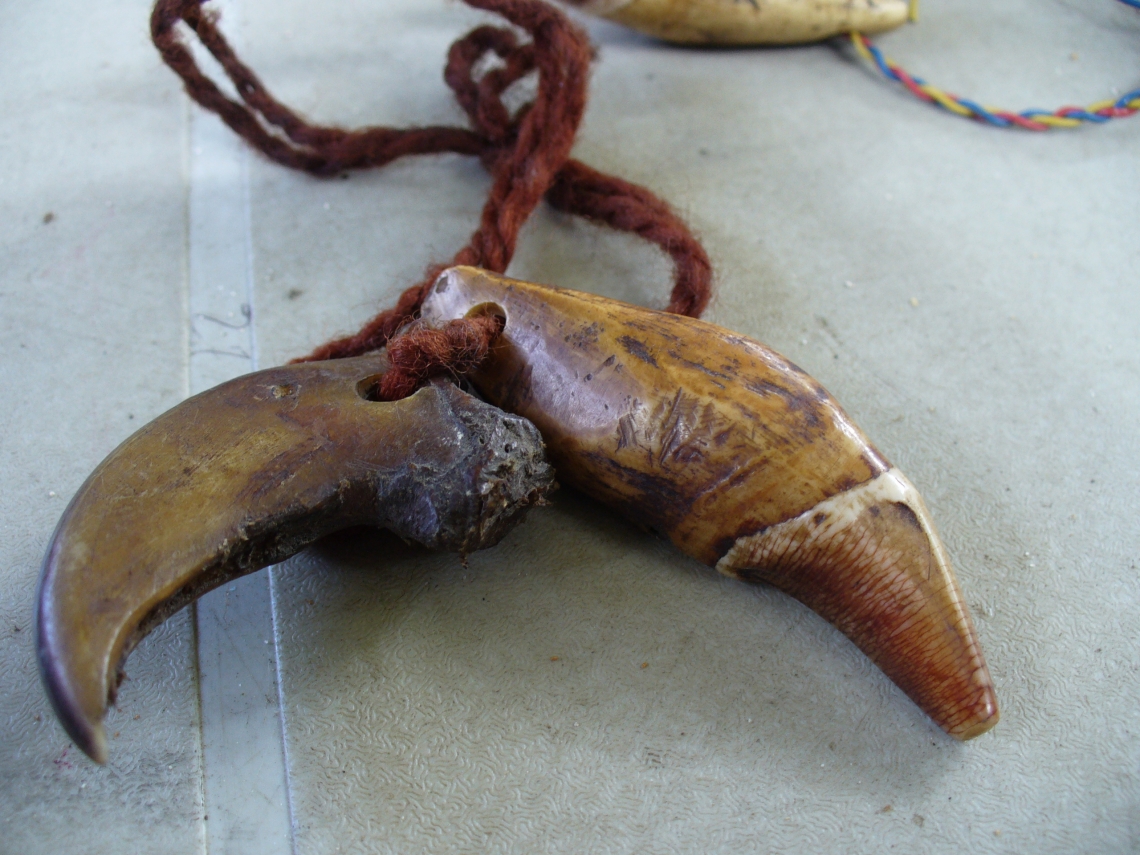
Andean bear_T ornatus_Becerril Cesar Perija Colombia_Yukpa amulet bear canines_Fundación Wii